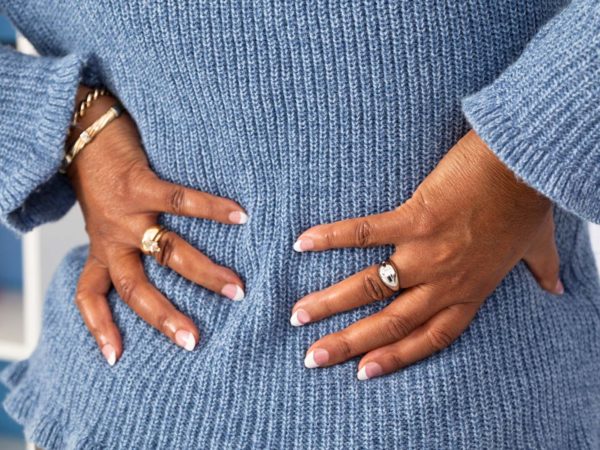Devil's Claw For Arthritis?
What can you tell me about devil’s claw and its usefulness as a remedy for arthritis and back pain? Have there been any good studies showing its effectiveness? Do you recommend it?
Andrew Weil, M.D. | August 1, 2017

Devil’s claw (Harpagophytum procumbens) is a desert plant that grows in southern Africa and is named for the miniature claw-like hooks that cover its fruit. For centuries, natives of the Kalahari Desert have dried and chopped up the roots of the plant for use in remedies to treat pain and indigestion and to apply to sores and other skin problems.
Devil’s claw has been widely used in Europe for treatment of arthritis pain, headache and low back pain. A number of scientific studies have found that it can help relieve the pain and stiffness of osteoarthritis, particularly when it affects the knee or hip. In a four-month French study reported in 2000 and involving 122 patients, devil’s claw led to pain relief of hip and knee arthritis equal to the effects of the European anti-inflammatory drug diacerein (a drug not available in the U.S.) and with fewer side effects. And a Canadian review, published in 2004, found “strong evidence” from a high quality trial that daily doses of devil’s claw worked as well as Vioxx, (a prescription drug no longer on the market) for short-term relief of low back pain. Devil’s claw components, called iridoid glycosides, especially harpagoside, may be responsible for its anti-inflammatory effects. Laboratory and animal studies have additionally shown that devil’s claw also has antioxidant and appetite-suppressant effects.
Devil’s claw has also been used traditionally to treat upset stomach, loss of appetite, headaches, allergies, and skin problems, but no scientific studies have shown that it is effective for these uses.
If you want to try devil’s claw for hip or knee arthritis or low back pain, look for products standardized to contain 50 to 100 mg of harpagoside per daily dose. Devil’s claw is available as capsules, tablets, liquid extract, and dried root.
A review of 28 clinical trials with 6,892 patients who took between two and 27 grams of devil’s claw daily for arthritic and low back pain revealed few adverse events. In the observational studies, three percent of participants reported adverse events, primarily gastrointestinal complaints and rare allergic reactions.
Because devil’s claw can affect stomach acid levels, people with ulcers should avoid it. Another potential problem: because devil’s claw can lower blood sugar, it is best to avoid it if you are hypoglycemic or take medications or supplements that affect blood sugar. Pregnant or breastfeeding women should not use it; we have no studies of how it might affect these women or their babies).
Andrew Weil, M.D.
Sources:
Julia Vlachojannis et al, “Systematic review on the safety of Harpagophytum preparations for osteoarthritis and low back pain.” Phytotherapy Research, February 2008, doi:10.1002/ptr/2314
J.J. Gagnier et al, “Harpgophytum procumbens for osteoarthritis and low back pain: a systematic review.” BMC Complementary and alternative medicine, September 15, 2004.
Cameron and J.J. Gagnier et al, “Evidence of effectiveness of herbal medicinal products in the treatment of arthritis. Part I: Osteoarthritis. Phytotherapy research, November 2009.











